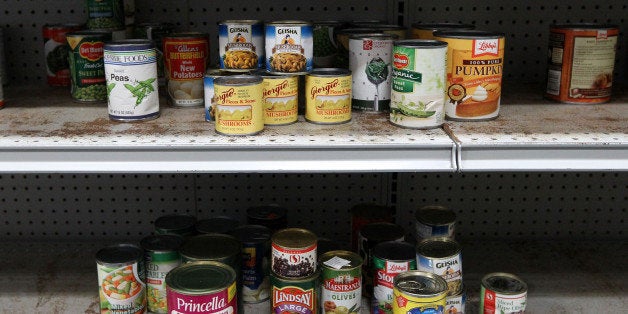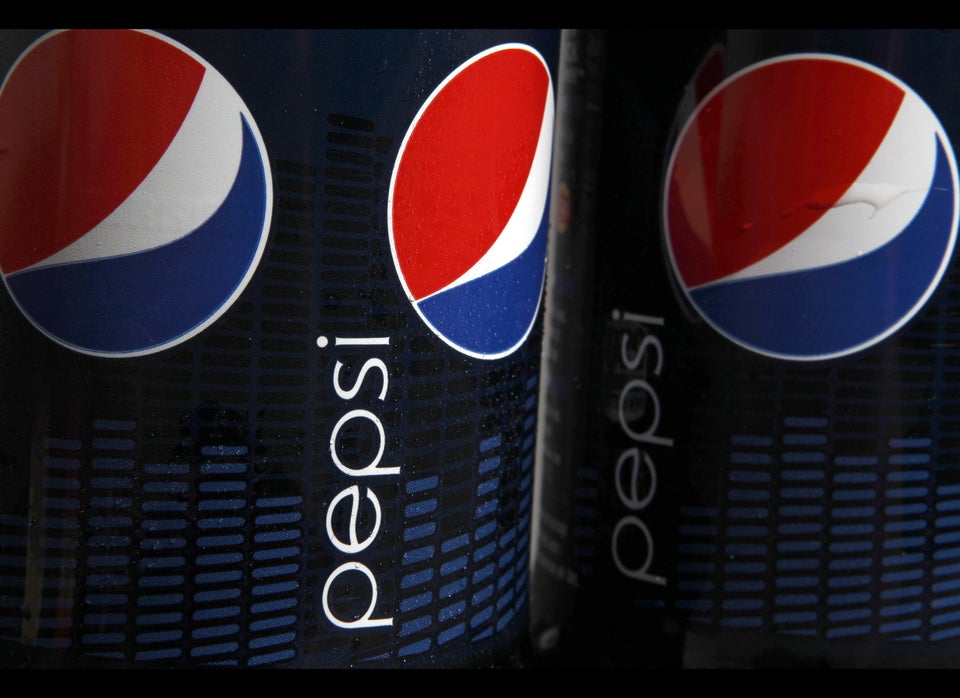
Proposed slashes to monthly food stamp programs could cost more than they save, suggests a University of California, San Francisco study linking limited food access to increased healthcare costs.
Published Monday in the journal Health Affairs, UCSF researchers found that California’s low-income population was more likely to be admitted to the hospital for hypoglycemia, a low-blood sugar condition linked to diabetes patients who continue to medicate without eating enough. Furthermore, risk for hypoglycemia admission in the low-income population increased 27 percent in the last week of the month compared to the first, while researchers observed no weekly difference among high-income Californians.
“This is people going hungry, skipping meals and ending up in the hospital,” lead study author Hilary Seligman said of the low-income patients who may run out of food stamps at the end of each month. “From my perspective as a public health researcher, it’s cheaper to make sure people don’t get hungry than to deal with the far more expensive healthcare costs of not having access to food.”
Hospital admission for hypoglycemia cost $1,200 per visit in 2003, she said, but that figure has likely risen. According to the Centers for Disease Control and Prevention, the U.S. spends more than $100 billion a year treating the 25 million Americans -- 8 percent of the population -- with diabetes.
The study comes as Congress continues debates this week over a House Republican-backed $40 billion cut to SNAP benefits, the food stamp program aiding 47 million Americans with $133 a month, an amount Seligman says is already not enough.
“People who work minimum wage jobs or live on benefits often have this typical pay cycle pattern,” Dr. Seligman said, adding that she and her colleagues were aware of the Congressional debate. “We wanted to examine whether there were adverse health consequences to running out of money at the end of the month.”
The issue is exacerbated by low-income people having a higher risk of diabetes in the first place, as healthier, high-nutrition diets are more expensive than diets that are high in fat and calories but low in nutrients.
“Most of these admissions for hypoglycemia are preventable by people having a stable and reliable source of food,” Seligman told Forbes. “We see much worse blood sugar control among people who are food insecure. They go high, they go low, they go high, they go low.”
In addition to hypoglycemia and hyperglycemia, Seligman says patients could also rack up costs associated with kidney failure, amputation and seizures, all complications linked to having excessively high or low blood sugar.
